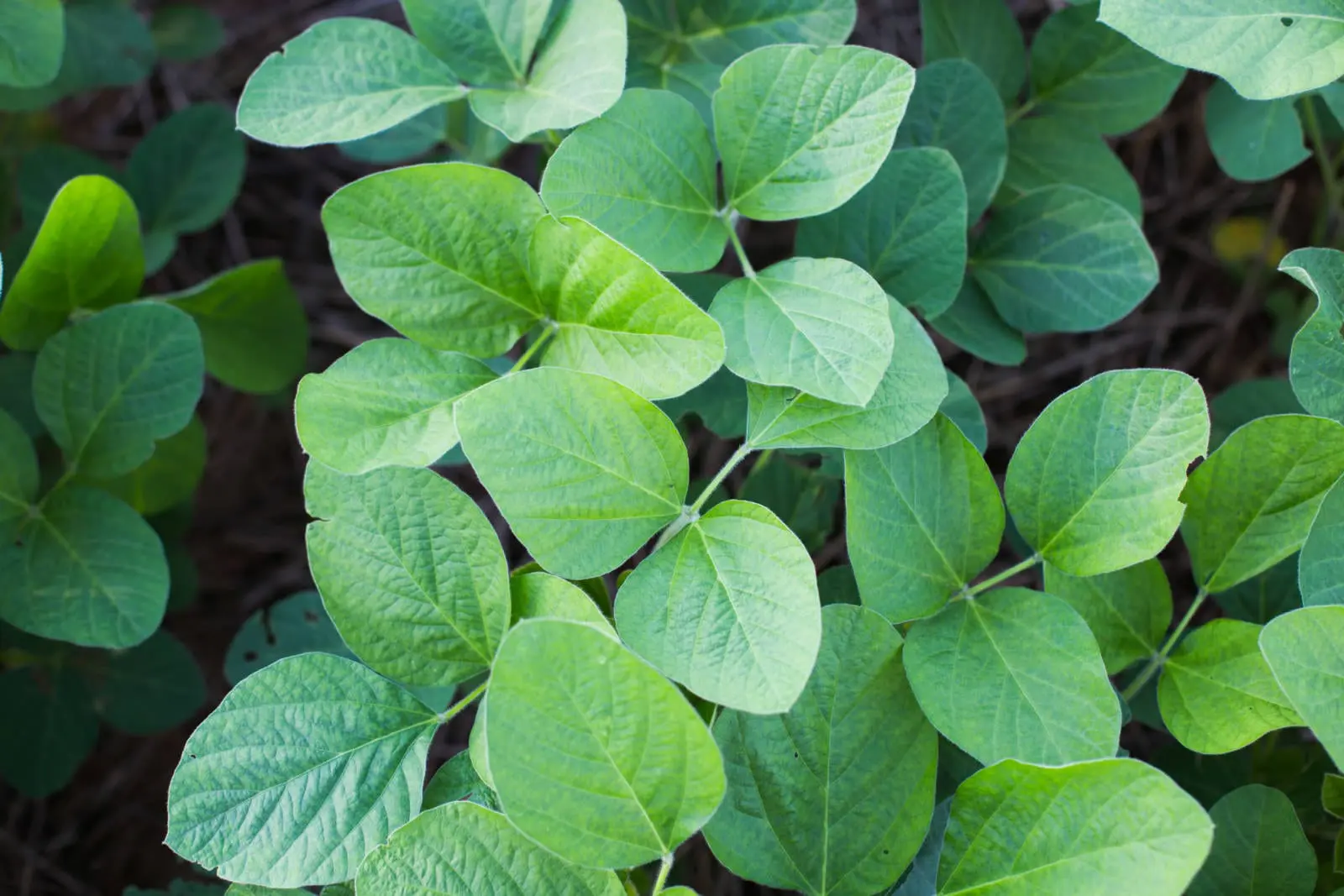 Byron Reilly, director of Departmental Initiatives and International Affairs within the United States Department of Agriculture (USDA), helps oversee the quality and sanitary attributes of export shipments as they relate to the importer’s contractual specifications or the laws and regulations of the importing country. Here’s what Byron said about the quality and consistency of U.S. soybeans that create a sustainable end product with a superior nutritional bundle.
Byron Reilly, director of Departmental Initiatives and International Affairs within the United States Department of Agriculture (USDA), helps oversee the quality and sanitary attributes of export shipments as they relate to the importer’s contractual specifications or the laws and regulations of the importing country. Here’s what Byron said about the quality and consistency of U.S. soybeans that create a sustainable end product with a superior nutritional bundle.
Q: Do you think there’s value in bringing together the producers of United States (U.S.) soy and international buyers?
A: Many people don’t know all the services we (USDA) offer. Putting buyers, sellers and producers together is a great way to get the questions these different parties have answered. It helps with gaining confidence in the U.S. product.
Q: What is USDA doing to communicate the value of U.S. soy to international customers?
A: When we hear an international trade group is coming to the U.S., we work with the U.S. Soybean Export Council to bring them to our reference laboratory in Kansas City, Missouri, where they can see all of our research and development activities and biotech laboratories. That helps reinforce the quality control measures we have in place and makes our reliability measures more credible to them. There’s also no need for them to hire another party to do the same work we’re doing.
Q: What’s the USDA Quality Assurance Control Program?
A: Our service inspects and weighs all grain exported from the U.S. This entails taking a sample from the grain as it’s being loaded aboard vessels. We take cuts from our diverter-type sampler every 20 to 25 seconds and analyze a sample approximately every 45 minutes to an hour. That grain is held temporarily in shipping bins pending our results. We monitor the flow of the grain to ensure there are not leaks or spills, inspect rail systems, and make sure there is no access to input any lower quality grain or other foreign material.
Q: How does this process compare to inspection processes in other countries?
A: Unlike the U.S., many other inspection processes are not uniform. In the U.S. you won’t see any differences between one lab and another. Sometimes other inspection processes vary quite a lot. International buyers can be confident when they buy grain from the U.S. because we have quality control systems in place to monitor the accuracy of our equipment as well as our individual inspectors, all of which are computerized. If we notice an inspector or piece of equipment isn’t working properly, we have systems in place to remedy the issue quickly.
Q: Why is third-party inspection so important?
A: The reason third-party inspection is beneficial to buyers is that we are impartial to the sale. Additionally, there is no added cost for our services to the buyer.
